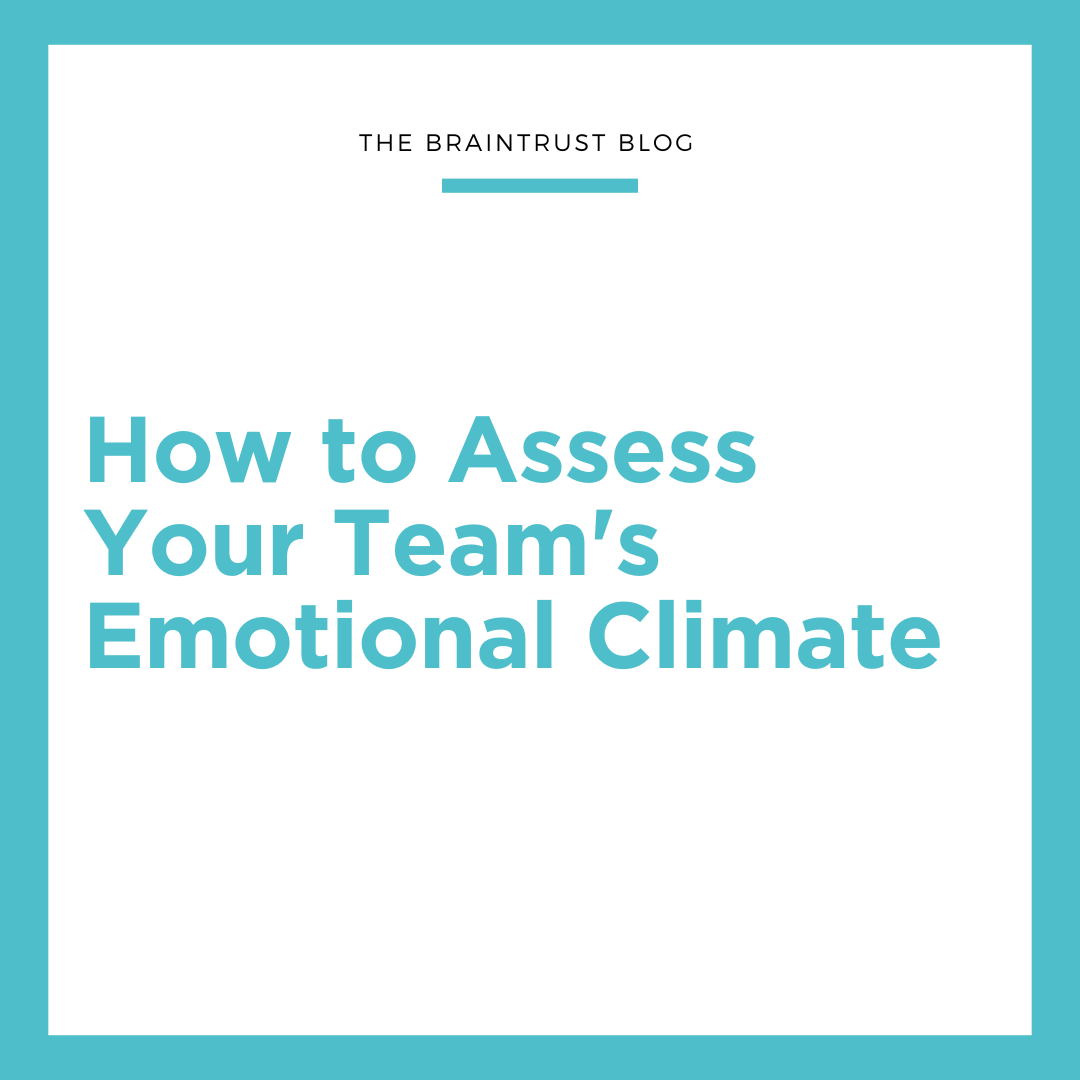In our last blog post, we outlined some ways to create a high-performing team. Today, we’re going to focus on the opposite—toxic teams and how to spot them. While toxic teams can be incredibly frustrating and demoralizing, there’s hope in turning them around!
What a toxic Team Looks Like
- Lack of alignment
- Poor team dynamic
- Lack of responsibility – blame game
- Stepping on each other toes
- Turf wars
- More rework
- No trust
Many toxic teams contain members who just show up, sit back, and don’t participate. As a result, This creates distrust within management, leading to micromanagement. Another sign of a toxic team is that they do not work well with other teams.
When do teams turn toxic
- Right from the start
- Team is good from the start—then something happens to sour their interactions
- A change in perception from the ‘outside’ challenges the team’s safety or psyche
Different Types of Toxic Teams
Royal Rumble Team—A team where passion and enthusiasm are misdirected into personal and unproductive conflict between members of the team.
Characteristics:
- False choices – arguments focused over who’s right and who’s wrong
- Entrenched in points of view
- Team turnover – leaving to go somewhere else
- Embarrassing behaviors – say things that are hurtful
Because of the high energy and enthusiasm that already exists, this team has a lot of potential to turn around and become high-performing. They just need to adopt the mindset of having crucial conversations, replace blame with curiosity, and create shared pools of meaning. Rewriting (or writing a working agreement) is important with this team.
Crisis Junkie Team—A team that needs an urgent and immediate threat to come together and get things done.
Characteristics:
- No clear priorities
- Petty squabbles and disagreements
- Fighting for dominance across other teams
- Fail to execute on priorities
This team is missing the guidance of the Product Owner to realign their priorities. The team also needs to adopt a method of transparency and accountability.
Bobble Head Team—A team that is too aligned with similar personality types and their primary desire is to maintain harmony.
Characteristics:
- Cohesiveness gone too far
- Losing sight of what they are saying ‘yes’ to
- Could be caused by an overbearing leader
- Teams under constant high pressure have no way to say ‘no’
This team is rather difficult to work with because they tend to have low energy. Two ways to turn this team around are to increase the diversity of ideas and encourage the leaders let go of their micromanaging ways. Another useful tool is to appoint someone as the devil’s advocate to introduce conflicting thoughts.
If you’re interested in learning more about how to create a high-performing team, join us in our Certified Agile Leadership—Teams class!



